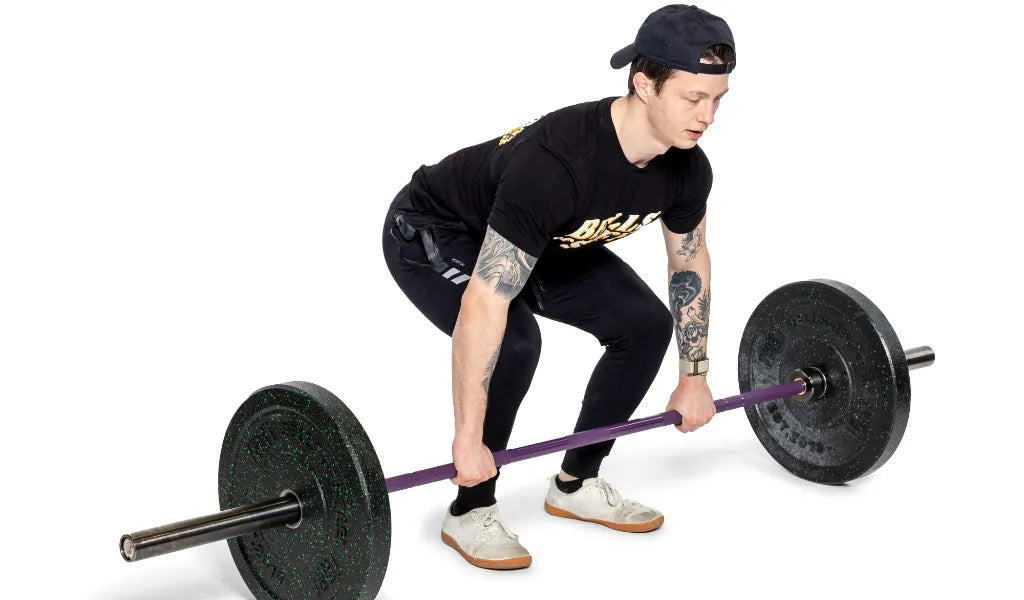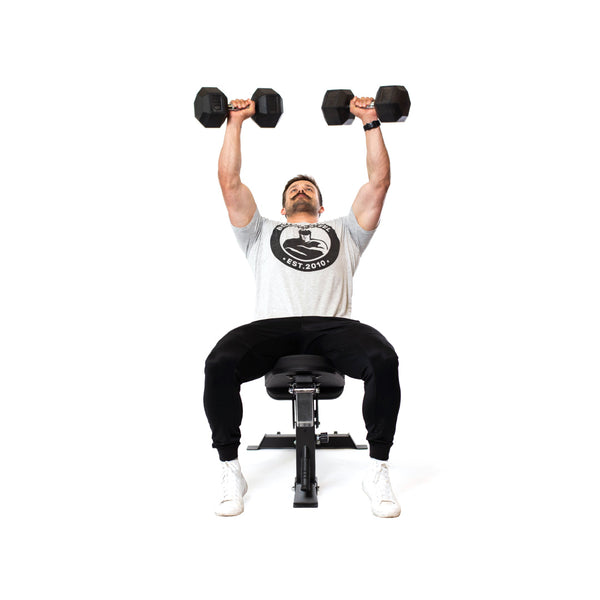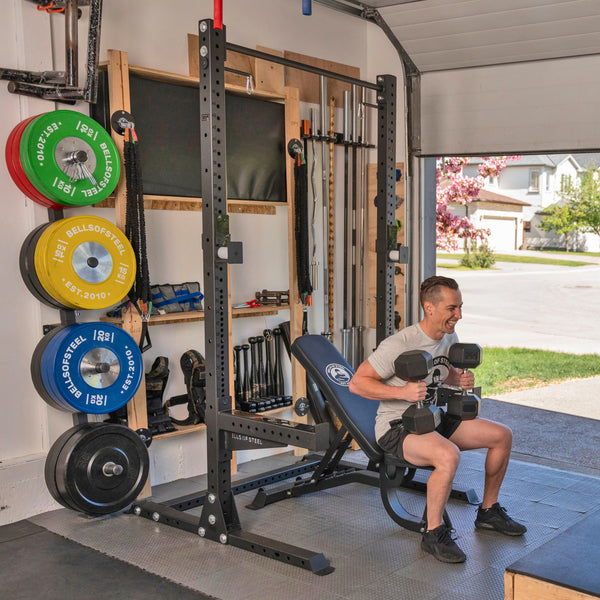Embarking on your strength training journey at home? Whether you're a fresh-faced newbie or returning after a hiatus, selecting the right starting weight is crucial. It's not about ego; it's about safety, form, and setting a solid foundation.
Starting Strong: The Basics of Choosing Your First Weights
There are a few key considerations when determining what weights to start with at home. Let’s break it down into itty bitty steps to make it a bit easier to figure out your life.
1. Consider Your Training Goals
Different training goals require different approaches:
-
Strength: Heavier weights, fewer reps (1–5).
-
Hypertrophy (muscle growth): Moderate weights, moderate reps (6–12).
-
Endurance: Lighter weights, higher reps (12+).
For beginners, focusing on hypertrophy is often recommended to build a solid base.
2. The Repetition Range Test
A practical method to determine your starting weight:
1. Select a weight you believe you can lift.
2. Perform 8–12 reps with proper form.
- If you can't reach 8 reps, the weight is too heavy.
- If you can easily exceed 12 reps, the weight is too light.
3. Adjust accordingly to find a challenging yet manageable weight.
This approach ensures you're working within an effective range for muscle growth and endurance.
Safety and Form: The Non-Negotiables
Before adding weight, master the movement. Proper form prevents injuries and ensures you're targeting the right muscles.
-
Warm-Up: Always start with a 5–10 minute warm-up to increase blood flow.
-
Controlled Movements: Focus on slow, controlled lifts and descents.
-
Mirror Check: Use a mirror or record yourself to monitor form.
-
Rest: Allow 48 hours between working the same muscle groups.
Remember, it's better to lift lighter with perfect form than heavier with poor technique.
Progressive Overload: The Key to Gains
To continue making progress, gradually increase the demands on your muscles. This can be achieved by:
-
Increasing Weight: Add small increments (2.5–5 lbs) when the current weight becomes manageable.
-
Increasing Reps: Add more repetitions within your target range.
-
Increasing Sets: Add an extra set to your routine.
- Reducing Rest Time: Shorten rest periods between sets.
Implementing these changes gradually helps prevent plateaus and keeps your workouts challenging.
Strength Standards: Benchmarking Your Progress
Curious about how your lifts compare? Strength standards provide benchmarks based on body weight and experience level.
1. Squat:
-
Beginner: 0.5× to 0.75x body weight
-
Intermediate: 1.25 to 1.5× body weight
2. Bench Press:
-
Beginner: 0.25× to 0.5x body weight
-
Intermediate: 0.75x to 1.25× body weight
3. Deadlift:
-
Beginner: 0.5x to 1× body weight
-
Intermediate:1.25x to 2× body weight
These standards can help set realistic goals and track your progress over time. You can also check your strength baseline and progress here based on your bodyweight and biological sex.
FAQs: Your Burning Questions Answered
Q: How do I know if I'm lifting the right weight?
A: If you can complete your target reps with good form and feel challenged but not strained, you're on the right track.
Q: How often should I increase my weights?
A: When the current weight feels too easy, and you can exceed your target reps comfortably, it's time to increase.
Q: Can I build muscle with light weights?
A: Yes, by increasing reps and focusing on muscle fatigue, light weights can still promote muscle growth.
Final Thoughts
Starting your strength training journey at home is a commendable step towards better health and fitness. By selecting appropriate weights, focusing on form, and gradually increasing intensity, you'll set a strong foundation for progress. Remember, consistency is key, and every lift brings you closer to your goals.




